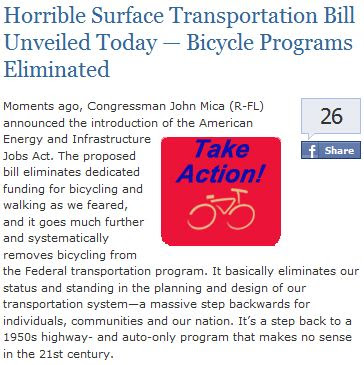
First they called it a "40-year" event, then a "100-year." I'm pretty sure it was not a 100 year flood. Both the 1996 and 1964 floods, which have been characterised as 100 year events, were much higher.
Unfortunately, the City makes
figuring flood elevations rather difficult! There are two gauge scales, and two vertical elevation scales (called a vertical datum). Without specifying a scale - perhaps experts are able to infer the proper one - a number is not very meaningful.

Figuring this out is a handful!
The details of my calculations are
here.

The recent flooding raised the Willamette to about 138.5 feet, well below the 100-year mark of 143.7 feet you see here on this elevation detail of the Proposed Minto Bridge and Path.
But even the landing, at just under 132 feet, will often be under high water. The Willamette's flood stage is on this scale about 137 feet, so with water 5 feet
under flood stage, the path landing on the Minto side will be submerged! The path and bridge will in many ways only be usable in fair weather.
Update, Feb 8th:
 Well, the river it turns out is not in flood or very high water nearly as much as I feared. Using a table of daily mean river elevations from 1988 on, out of 8539 days of readings, only 142 days showed river elevations over 131 feet (about 21.5 on the graph), which would be the low point of the Minto path (I don't know what elevations there are already in the park, if that path system goes even lower, however). You can see maybe 15 peaks that go over this threshold in the 24 year period. So that's on average a week or maybe two, of high water each year. I was thinking it might be measured in weeks or months rather than days.
Well, the river it turns out is not in flood or very high water nearly as much as I feared. Using a table of daily mean river elevations from 1988 on, out of 8539 days of readings, only 142 days showed river elevations over 131 feet (about 21.5 on the graph), which would be the low point of the Minto path (I don't know what elevations there are already in the park, if that path system goes even lower, however). You can see maybe 15 peaks that go over this threshold in the 24 year period. So that's on average a week or maybe two, of high water each year. I was thinking it might be measured in weeks or months rather than days.
I wish the City would discuss this openly, though. I think it's reasonable for citizens to want to know how often they should expect not to be able to use a +/- $7M facility.
For more detail and discussion see this previous note.
Map from the SJ.
Update, December 16th, 2014
Here they are on one scale!
| Date | Stage | Flow |
| 1861-12-04 | 47.00 | 500000 |
| 1881-01-16 | 44.30 | 428000 |
| 1890-02-05 | 45.10 | 448000 |
| 1964-12-23 | 37.78 | 308000 |
| 1996-02-08 | 35.09 | 244000 |
| 2012-01-20 | 29.36 | 170000 |
Table from "Historic Peakflows"
NOAA Northwest River Forecast Center
By this measure, the 2012 flood was distant from the 100 year events of 1996 and 1964 - and vastly smaller than the epic floods of the 19th century.
However, Minto Park
experiences "high water" closures even in non-flood events. Even when the river is lower than park elevations, the swampy land is slow to drain, and standing water closes paths.
The City has still not addressed in a meaningful way the question of how often the paths and bridge will be closed seasonally.
 Apparently at the School District budget meeting last night folks were asking about the costs of busing.
Apparently at the School District budget meeting last night folks were asking about the costs of busing.











































